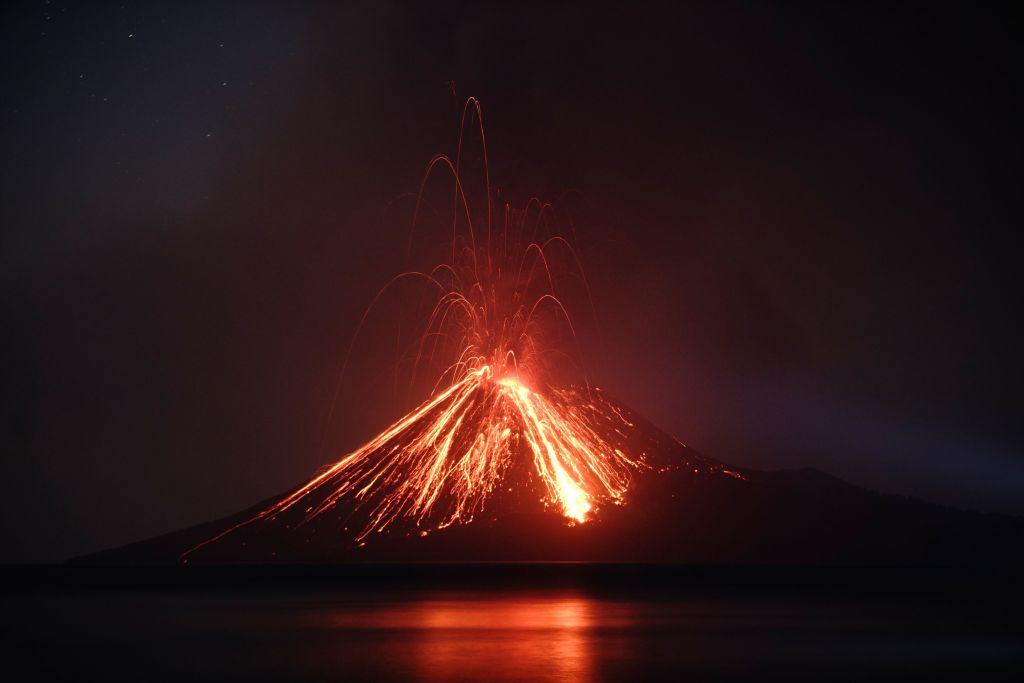Scientists have recently discovered that there is a layer of partly molten rock under the surface of the earth’s crust—a discovery crucial to understanding the movement of tectonic plates.
The earth’s crust is the outermost layer where humans reside. Below the crust is the mantle, followed by the outer core, and finally the inner core. Continents and oceans exist on 15 moving blocks called tectonic plates which comprise the upper mantle and the lower crust. The newly discovered melt layer is located around 100 miles below the surface, according to a Feb. 6 study published in the journal Nature Geoscience. The molten layer is a part of the asthenosphere located under the tectonic plates in the upper mantle.





